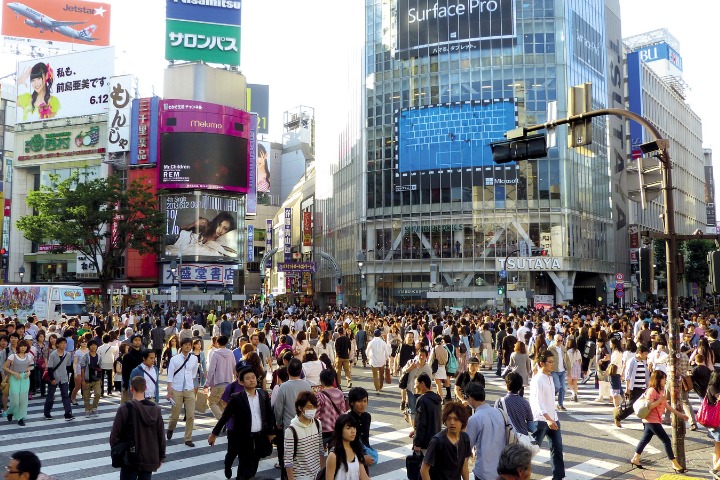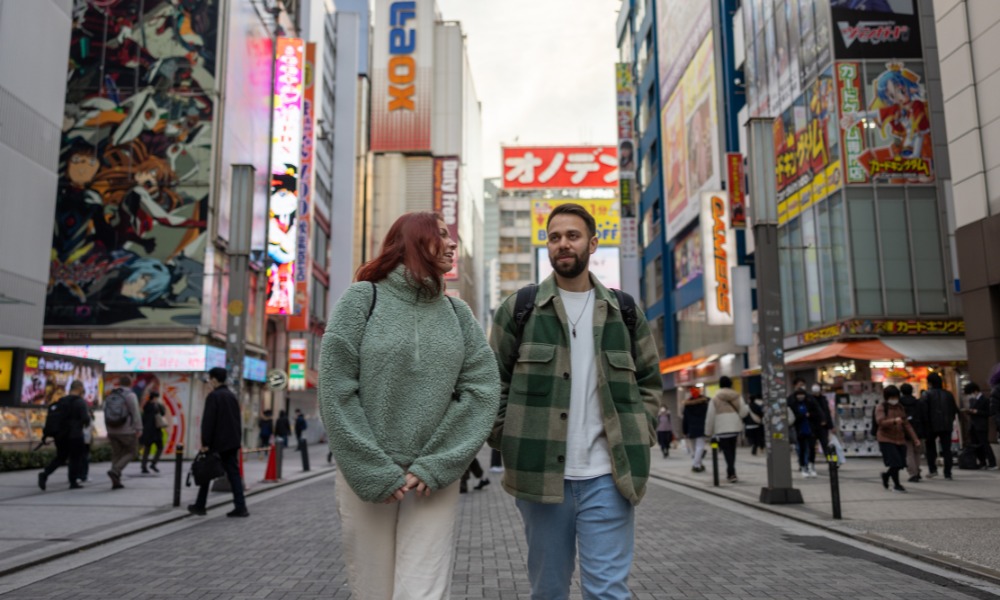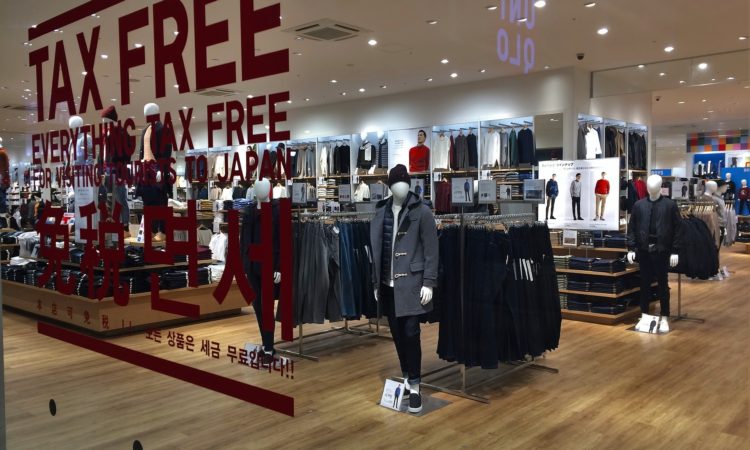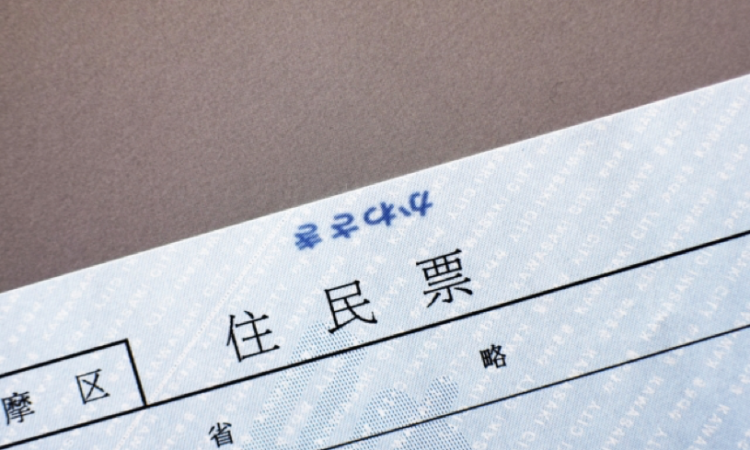The bustling Shibuya crossing, punctual public transportation, and disciplined drivers are iconic representations of Japanese traffic. These impressions often leave new arrivals in awe. However, the longer we live in Japan, the more we discover the uniqueness of Japanese driving habits. As a Vietnamese, I come from a country with a drastically different traffic scene – crowded, somewhat chaotic, and filled with lively sounds. Due to this stark contrast, I found myself initially unfamiliar and occasionally confused by the odd quietness of Japanese traffic.
Unique Characteristics of Traffic in Japan

Photo credit: Canva.com
Traffic in Japan is a fascinating blend of efficiency, order, and unique cultural nuances. One of the first things we can obviously notice is the remarkable discipline of Japanese drivers. They patiently wait for their turn at intersections, adhering to traffic rules with admirable precision. Speaking of precision, we definitely have to talk about the legendary level of punctuality and reliability of Japan’s public transportation system. Trains and subways arrive and depart on time down to the seconds, which makes us feel empowered to perfectly manage our schedule. I believe that the excellent convenience of public transport in Japan is one of the things foreign residents love the most about this country.
It’s interesting that even though the streets, roads, and stations are always crazily full of people, everything is still in order and going smoothly. In the vibrant streets of Japan, two key elements dominate the scene: the bustling flow of cars and pedestrians. Witnessing a remarkable balance of the harmonic flow from both vehicles and pedestrians is a pretty entertaining pleasance. Drivers navigate the busy streets with impressive discipline, patiently yielding to pedestrians at crowded crossings. Simultaneously, pedestrians display a remarkable sense of awareness and consideration, adhering to traffic signals and crossing neatly. This beautiful scene between cars and people is sound evidence of Japan’s meticulous attention to detail and respect for one another’s presence.
How Do Foreign Residents Usually Get Around in Japan?

Photo credit: Canva.com
Commonly, we find it convenient to use public transportation to get around in Japan due to its flexible choice. Two of the most popular reasons are the efficiency and reliability of trains, subways, and bus systems. IC cards, such as Suica and Pasmo, simplify the process further, allowing effortless transfers between different modes of transportation with only a swipe.
Also, the placement of transportation stations is in close proximity to one another, no matter if it’s a train, subway, or bus. This excellent arrangement ensures that pedestrians can easily access various modes of transit without having to cover long distances. I believe that walking and enjoying the atmosphere of Japanese colorful streets is one of the most likable experiences for foreign residents.
However, as much as I appreciate the orderly traffic in Japan, I must admit that it can be a bit bothersome at times, especially for someone like me, who was living in a world full of street-mixing noises before coming here. I wonder do any of you share the same sentiment on this matter.
Personally, I find myself a little bit confused by Japanese drivers due to their reluctance to use car horns. Yes, you heard it right—Japanese drivers actively avoid honking, and there’s an interesting story behind this cultural practice.
Why Do Japanese Avoid Using Horns?

Photo credit: Canva.com
There have been many times when I felt startled by the sudden appearance of a car right behind me. This occurrence typically takes place while walking along narrow streets or alleys that lack designated pedestrian lanes. Initially, I was taken aback and couldn’t help but wonder, “Why don’t they honk?”, then from that, my friends and I could step aside to allow the cars to pass.
After experiencing these surprising incidents a friend enlightened me about the unwritten rule that restricts drivers from using horns while driving in Japan. This practice is a consequence of the fact that drivers can face penalties for indiscriminate honking, and honking at other vehicles to clear the way is considered illegal in Japan.
As for my assumption, maybe the Japanese are so polite and sensible with loud sounds by culture, so they refrain from using horns as much as possible.
Be a Good Pedestrian in Japan
To avoid unexpected incidents while walking on the streets in Japan and contribute to a safer environment for all road users, it is beneficial to familiarize ourselves with additional tips on how to behave safely in traffic. One essential practice is to always stick to the side of the road, especially when walking with friends. Walking in a line helps ensure a clear path for other pedestrians and allows vehicles to pass smoothly.
Additionally, it is advisable to avoid unnecessary sudden movements or erratic behavior while walking to not startle both drivers and other pedestrians. In Japan, it’s important to carefully observe and be patient in traffic, even if we’re accustomed to spontaneous participation in our culture. We should prioritize safety and avoid accidental collisions with others.
Embarking on a Venture Into the Traffic Scene of Japan!
Walking on Japanese streets promises to be an absolutely delightful experience! While it’s true that there may be certain cultural differences to navigate when participating in traffic in Japan, these distinctions are merely minor points that contribute to a deeper understanding of this fascinating country. Embracing these differences allows you to gain a richer perspective and appreciate the unique aspects of Japanese culture.
Related articles:
- Cycling in Japan 101: Everything You Need to Know
- How to Get a Driving License in Japan
- How to Drive in Japan with an International Driving License
Furusato Nozei: How to Get the Best Value Out of Your Taxes in Japan






